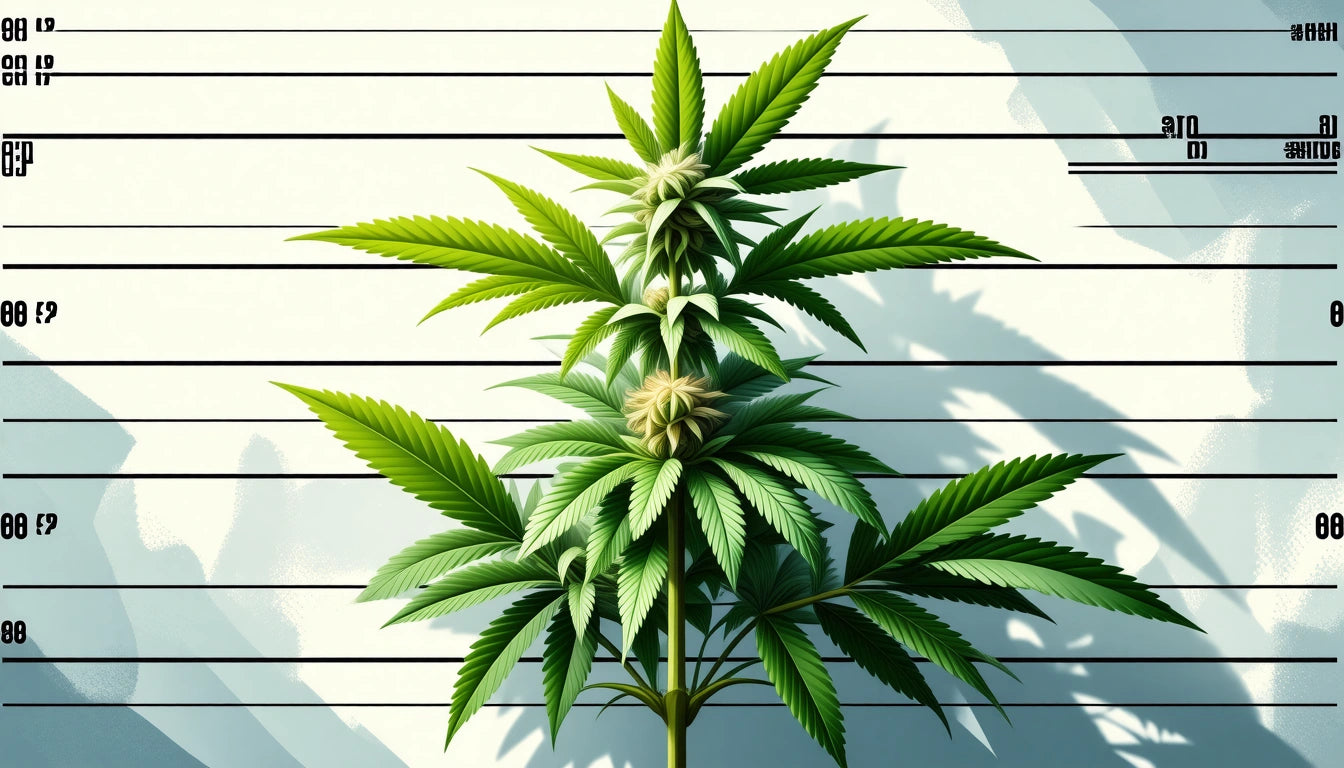Table of Contents
- Overview of State Drug Sentencing Variations
- California and Colorado Drug Sentencing Guidelines
- Texas and Kentucky Drug Sentencing Guidelines
- Oklahoma and South Dakota Sentencing Guidelines
- Recent Reforms and Emerging Trends in Drug Sentencing
- Navigating the Evolving Legal Landscape of Drug Offenses
Understanding Drug Sentencing Guidelines Across Different States
Drug sentencing guidelines vary dramatically across the United States, creating a complex legal landscape that can be difficult to navigate. From the progressive reforms in Colorado to the traditionally strict penalties in Texas, understanding these differences is crucial for anyone involved in the cannabis industry or facing drug-related charges.
Overview of State Drug Sentencing Variations
State drug laws and their associated penalties differ based on several factors, including the type and amount of substance, prior convictions, and whether the offense involved distribution or simple possession. While federal guidelines provide a framework, states maintain significant autonomy in determining how drug offenses are punished within their jurisdictions.
The disparities between states can be striking. For instance, possessing a small amount of marijuana might result in no criminal penalties in one state while leading to significant jail time in another. These differences reflect varying political philosophies, public health approaches, and cultural attitudes toward drug use and regulation.
California and Colorado Drug Sentencing Guidelines
California Drug Sentencing Guidelines
California has implemented significant reforms to its drug sentencing approach over the past decade. Proposition 47, passed in 2014, reclassified many drug possession offenses from felonies to misdemeanors. Under current California drug sentencing guidelines, simple possession of most controlled substances is typically charged as a misdemeanor punishable by up to one year in county jail.
For more serious offenses like possession with intent to distribute, California employs a tiered sentencing structure based on the quantity and type of substance involved. Drug diversion programs and treatment alternatives are widely available, especially for first-time offenders.
Colorado Drug Sentencing Guidelines
Colorado revolutionized drug policy by legalizing recreational marijuana in 2012. Under Colorado drug sentencing guidelines, possession of up to two ounces of marijuana is legal for adults 21 and older. However, the state maintains penalties for unauthorized possession, particularly for larger amounts or distribution activities.
For other controlled substances, Colorado uses a drug felony classification system ranging from DF1 (most serious) to DF4 (least serious). Sentencing ranges from probation for minor offenses to up to 32 years for major trafficking operations. Colorado has also implemented numerous alternative sentencing options, including drug courts and rehabilitation programs.
Texas and Kentucky Drug Sentencing Guidelines
Texas Sentencing Guidelines
Texas maintains some of the nation's strictest drug laws. Under Texas sentencing guidelines, possession of even small amounts of controlled substances can result in significant penalties. For example, possessing less than one gram of substances in Penalty Group 1 (including cocaine and heroin) is a state jail felony punishable by 180 days to 2 years in state jail.
For marijuana specifically, Texas penalties range from Class B misdemeanors for small amounts to felonies carrying up to 99 years for large-scale trafficking. What is the maximum jail sentence in Texas for drug offenses? For the most serious drug trafficking cases involving large quantities, Texas law allows sentences up to life imprisonment.
Kentucky Drug Sentencing Guidelines
Kentucky drug sentencing guidelines implement a classification system based on the type and amount of substance. Possession of marijuana remains criminalized, though first-time offenders typically face misdemeanor charges with penalties including up to 45 days in jail.
For harder drugs, Kentucky imposes more severe penalties. Trafficking in Schedule I substances is typically a Class C or D felony, carrying 5-10 years imprisonment. Kentucky has recently expanded its drug court program, offering alternatives to incarceration for non-violent offenders with substance use disorders.
Oklahoma and South Dakota Sentencing Guidelines
Oklahoma Sentencing Guidelines
Oklahoma sentencing guidelines have traditionally been strict, but recent reforms have moderated some penalties. In 2016, State Question 780 reclassified simple drug possession as a misdemeanor rather than a felony. However, distribution and trafficking offenses still carry severe penalties.
For marijuana specifically, Oklahoma has implemented a robust medical marijuana program, though recreational use remains illegal. Unauthorized possession can result in misdemeanor charges for first offenses, with subsequent violations potentially charged as felonies carrying up to 10 years imprisonment.
South Dakota Sentencing Guidelines
South Dakota sentencing guidelines reflect the state's traditionally conservative approach to drug policy. Possession of even small amounts of controlled substances can be charged as a Class 5 felony, carrying up to 5 years imprisonment.
The state has implemented a presumptive probation policy for certain low-level drug offenders, focusing on rehabilitation rather than incarceration. However, South Dakota remains one of the stricter states regarding marijuana policy, with possession treated as a misdemeanor or felony depending on the amount.
Recent Reforms and Emerging Trends in Drug Sentencing
New drug sentencing guidelines across many states reflect a growing trend toward reform. Several key developments include:
- Expanding diversion programs that prioritize treatment over incarceration
- Reducing penalties for simple possession offenses
- Implementing graduated sanctioning systems based on risk assessment
- Addressing racial disparities in drug enforcement and sentencing
- Expanding expungement opportunities for past drug convictions
These reforms acknowledge the limited effectiveness of incarceration-focused approaches and the high rates of incarceration for drug offenses in the United States. Many states are now focusing on evidence-based approaches that address underlying substance use disorders while reserving severe penalties for serious trafficking offenses.
Navigating the Evolving Legal Landscape of Drug Offenses
Understanding the complex and evolving nature of drug sentencing guidelines requires careful attention to state-specific laws and recent reforms. For individuals facing charges, securing knowledgeable legal representation familiar with local drug courts and diversion programs is essential.
For cannabis businesses operating across state lines, compliance with varying regulations is critical. This includes understanding not just licensing requirements but also potential legal implications of various business practices in different jurisdictions.
As public opinion continues to shift and more states reform their approach to drug policy, we can expect further evolution of sentencing guidelines. This ongoing transformation reflects a broader reconsideration of how society addresses substance use and drug-related offenses, balancing public safety concerns with recognition of addiction as a public health issue rather than purely a criminal matter.











Leave a comment
All comments are moderated before being published.
This site is protected by hCaptcha and the hCaptcha Privacy Policy and Terms of Service apply.